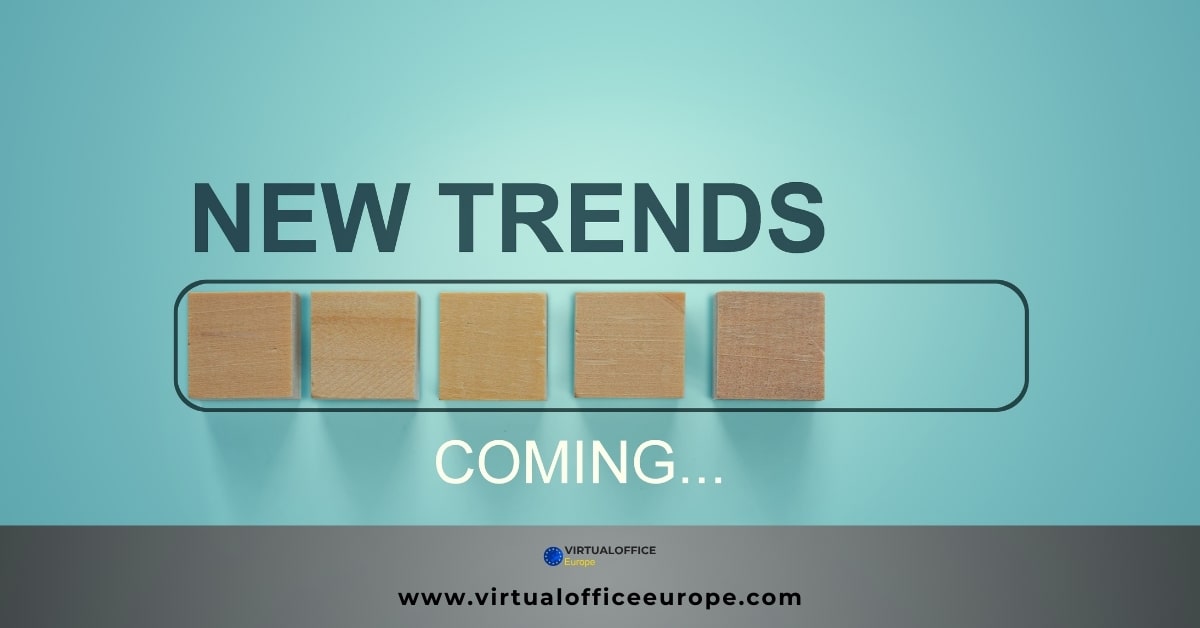Running a virtual office can be tricky. You need to handle communication, stay organized, and make sure everyone is working well together. One of the key tech for virtual offices that can help with this is project tracking software. Trello is a popular choice for this type of software because it’s simple and effective. In this article, we’ll see why Trello is so good and how it can make your virtual office work better.
What is Project Tracking Software?
Project tracking software is a tool that helps you manage your projects. It helps you keep track of tasks, set deadlines, and see how things are going. Think of it like a digital to-do list that keeps everyone on the same page. Whether you’re running a marketing campaign, working on a new product, or managing daily tasks, project tracking software is one of the important tech for virtual offices that makes everything run more smoothly and reduces stress.
Why Trello is One of the Best Tech for Virtual Offices
How Trello Works
Trello uses a visual system with boards and cards to keep track of tasks. Here’s a simple guide:
- Boards: A board represents a project or workspace. For example, you might have a board for “Product Launch” or “Client Projects.”
- Lists: Inside each board, lists show different stages of your project. Common lists are “To Do,” “In Progress,” and “Completed.” You can change these lists to fit your project.
- Cards: Cards are individual tasks. For example, under “To Do,” you might have cards like “Design Website” or “Write Copy.” As tasks move forward, you move the cards to different lists.
- Labels and Checklists: Labels help sort cards or show priority. Checklists inside cards break down big tasks into smaller steps.
- Due Dates and Attachments: You can add due dates to cards to keep track of deadlines and attach files, links, and images to cards.
- Comments and Collaboration: Team members can comment on cards, which helps with communication and keeps everyone updated on progress.
Why Trello Stands Out
Here are a few reasons why Trello is a great choice among tech for virtual offices:
- Easy to Use: Trello’s visual system is simple and clear. You can see everything at once without getting confused by complicated features.
- Customizable: You can set up boards, lists, and cards to fit your specific needs. This makes it great for different types of projects.
- Great for Teamwork: Trello makes it easy for teams to work together with features like comments and task assignments.
- Affordable: Trello has a free plan with lots of useful features, making it a cost-effective option for startups.
- Works with Other Tools: Trello connects with other tools like Google Drive, Slack, and Dropbox, so all your project info stays linked.
- Mobile-Friendly: Trello’s app lets you manage projects on your phone, which is perfect for remote teams or those who travel.
Comparing Trello with Other Project Tracking Software
While Trello is a top choice, it’s useful to compare it with other project tracking tools to see what fits best:
- Asana: Good for detailed task management and planning. It’s powerful but can be more complex than Trello.
- Monday.com: Has a visually appealing interface with many customization options. It’s flexible but may be pricier.
- Jira: Designed for software development with advanced features. It’s technical and better for complex projects.
- Basecamp: Known for simplicity and team communication. It’s easy to use but may lack some advanced features.
Real-Life Examples of Using Trello in Virtual Offices
Here’s how Trello can be used in real-world scenarios within a virtual office:
Marketing Campaigns
If you’re planning a marketing campaign, create a Trello board with lists like “Research,” “Content Creation,” “Design,” and “Execution.” Each list will have cards for specific tasks, like “Create Blog Post” or “Design Social Media Graphics.” As tasks are completed, move the cards to different lists to keep track of what’s done and what’s next.
Product Development
For a tech startup working on a new product, Trello helps manage the development. Create a board with lists like “Backlog,” “In Progress,” “Testing,” and “Completed.” Cards in these lists represent different features or issues, giving you a clear view of what’s being worked on and what needs attention.
Tips for Getting the Most Out of Trello
To get the best results from Trello, follow these tips:
- Start Simple: Begin with a basic setup and add more features as needed. Don’t overwhelm yourself with too many details at first.
- Use Labels and Checklists: Labels help organize tasks, and checklists break big tasks into smaller steps.
- Update Regularly: Keep your boards and lists up-to-date to track progress accurately. Regular updates keep everyone informed.
- Get Your Team Involved: Encourage team members to use Trello actively. The more they use it, the better it will work for managing projects.
- Explore Power-Ups: Trello’s Power-Ups are add-ons that improve functionality. Check out these add-ons to find tools that can make your work easier.
Why Trello is an Essential Tech for Virtual Offices
Choosing the right project tracking software can make a big difference in how you manage tasks and work with your team. Trello, with its easy-to-use features and ability to keep everyone on the same page, is a great choice for virtual offices and startups. Using Trello effectively helps you stay organized, improves team communication, and keeps your projects on track.
In the world of tech for virtual offices, Trello is a standout tool for managing projects and boosting productivity. Its visual approach and flexible features make it an important part of any virtual office setup.








